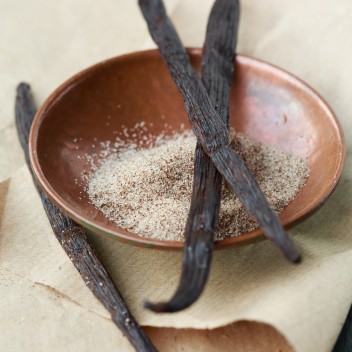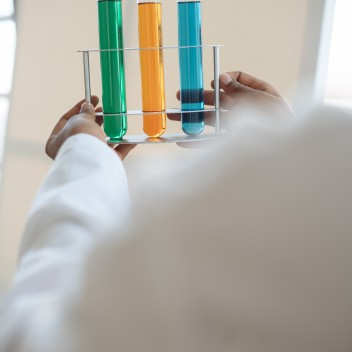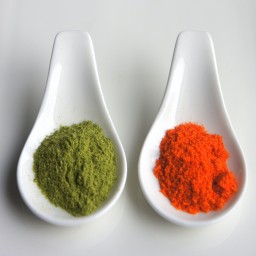Isotope ratio mass spectrometry (IRMS) can help answer questions about the geographic origin and authenticity of a number of flavorings and supplements at all points of the supply chain, such as Bourbon vanilla
By determining and interpreting the stable isotope ratios of carbon, nitrogen, sulfur, hydrogen and oxygen, the so-called isotope fingerprint is established which is characteristic for the sample and can be compared to reference data from reference samples from different regions or to a data base. To achieve high geographical resolution and credible results, we use our global database, as well as our expertise and know-how to provide advanced customized origin testing by including more parameters. Any information on the samples such as suspected (not declared) origin, farming style, etc. is helpful.




